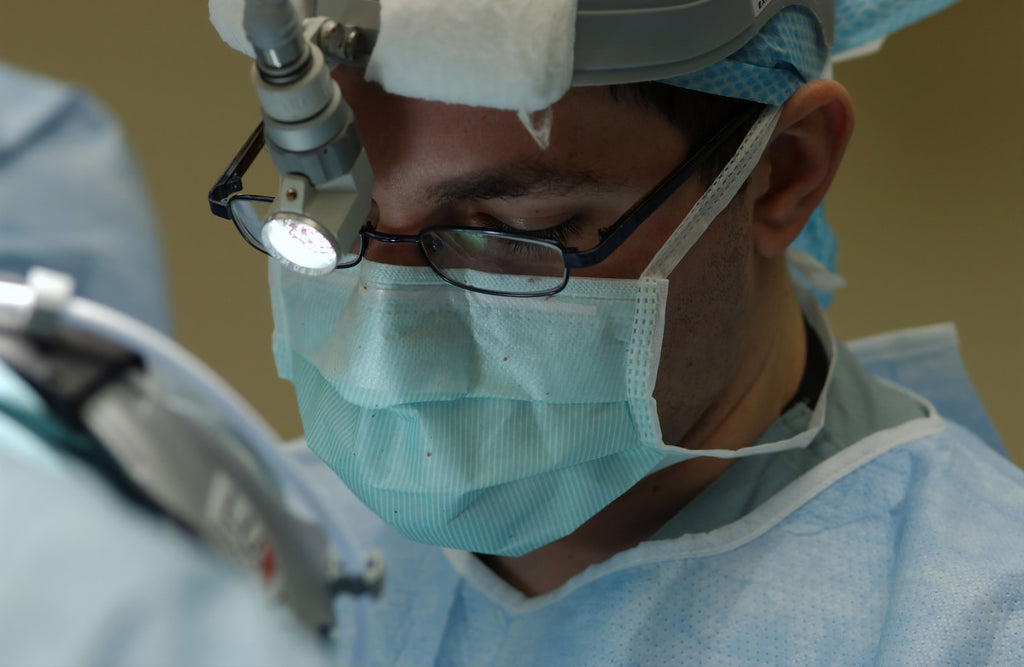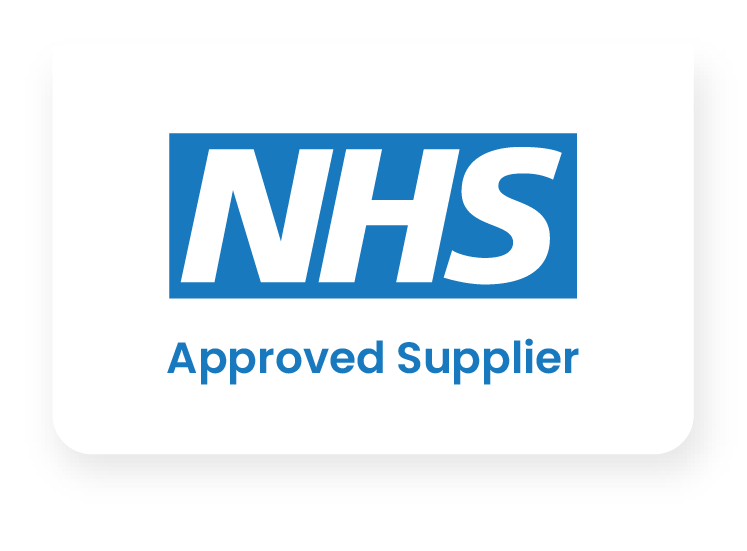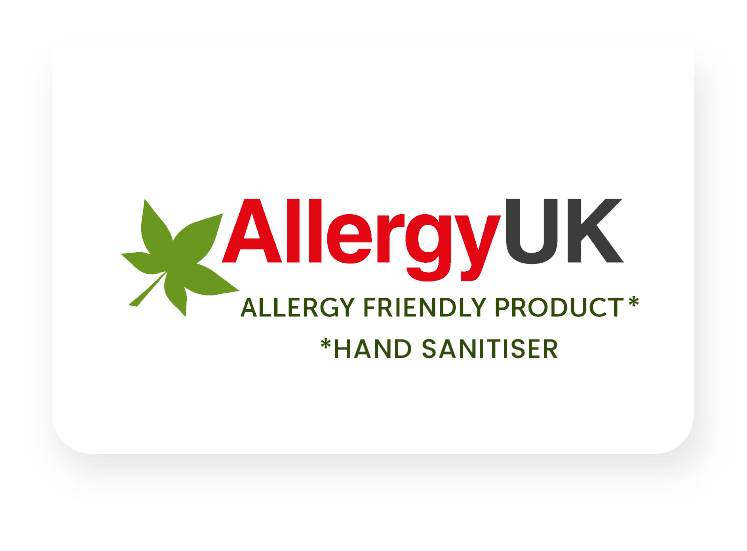
Hand hygiene in Healthcare
Hand hygiene in the healthcare sector has always been an important issue that ranks highly when it comes to keeping patients and staff safe. But, with the devastating effects of COVID-19 hitting the sector like a whirlwind that continues to rage, hand hygiene is now back on the radar and is of paramount importance. From staff to patients and equipment and surfaces, keeping things clean is an ongoing battle that needs to be be won if we are to start to break the cycle.

Remembering to wash hands is something that medical students have found hard to get to grips with in their ‘washed out’ lifestyle where institutional signage competes for their attention every day. This is what they have to say:
"As you go about your day, you are in and out of patient rooms, usually in less than 20 seconds and usually without acting on one of the most important messages: Wash Your Hands Before You Leave the Room. In fact, you’ve probably walked past a dozen hand hygiene reminder posters but you didn’t notice them because you had so many details on your mind.
Maybe you didn’t notice the hand washing reminder signs because they were simply dull and blended in with the neutral walls. Or perhaps you saw them, but your brain filtered them out so quickly that the message never reached your conscious awareness.
You may have even registered the thought but decided to forgo sticky sanitizer hands since this was such a short, contact-free patient interaction. No harm done, right?
Wrong.
National estimates reveal that at least 50% of healthcare workers do not properly comply with designated hand hygiene techniques, while clean hands are the single most important factor in antibiotic resistance and preventing the spread of pathogens.
In the United States alone, nearly two million patients contract a hospital-acquired infection, and about 90,000 of those patients die as a result."
Pretty sobering data.
Hand hygiene adherence rates ‘very low’ among staff in nursing homes
Researchers observed low rates of overall hand hygiene adherence among health care workers at six skilled nursing facilities, according to findings in a recent study. They also found that glove use and job title were associated with higher hand hygiene adherence.

“Hand hygiene is the single most effective way of preventing infections in hospitals and nursing homes. Despite this, hand hygiene rates have historically been low, especially in nursing homes,” John P. Mills, MD, assistant professor in the division of infectious diseases at Michigan Medicine, told Infectious Disease News. “In order to improve hand hygiene in these facilities we first need to understand why health care workers (HCWs) don’t always wash their hands.”
Hand hygiene as vital for patients as for nurses
Better hand hygiene among hospital patients is crucial to curb the spread of antibiotic resistant bacteria - according to latest research from the USA.
A study from the University of Michigan (UoM), published in May last year, in Clinical Infectious Diseases, found that almost a third (29%) of objects that patients commonly touch - such as nurse call buttons, bedside trays and other ‘high touch' surfaces in patients' hospital rooms - were contaminated with a multi-drug resistant organism.
The research team visited the rooms of 399 general medicine inpatients at two hospitals in Michigan and took samples from their bodies and often-touched surfaces as early as possible in their stay.
14% had multi-drug resistant organisms on their hands or nostrils during the early part of their time in hospital.
Australian hospitals show worth of handwashing campaigns
A national handwashing campaign has helped reduce a key cause of infection in Australia’s hospitals and could help other countries do the same, according to researchers. However, deploying electronic hand hygiene monitoring systems intermittently helps prevent a decline in staff participation, according to research published in the American Journal of Infection Control.
Researchers deployed an electronic monitoring system recording hand hygiene behavior three times in six-month intervals, with each deployment time lasting four consecutive weeks. The systems were deployed in October 2016, April 2017 and October 2017, and 76,130 total opportunities were recorded.
The key details to know:
- Hand hygiene performance was 67.43% overall, with a total of 515,516 hand hygiene opportunities recorded.
- Participation was high during deployment periods and declined over the course of the deployment.
- At the beginning of each deployment, participation increased.
Researchers concluded, "Intermittent deployment of an electronic monitoring intervention counteracts potential declines in participation rates sometimes seen with continuous system use. However, adoption of this strategy requires the acceptance of lower periods of performance between each deployment."
Electronic hand hygiene system fails to improve staff satisfaction in ICU
On the flip side an electronic hand hygiene monitoring system employed in a tertiary care teaching hospital has been criticised for being both inaccurate and inconvenient.
The system, which was introduced into the ICU unit of an unnamed US hospital, was designed to detect healthcare staff's movements in patient areas and provide alerts on missed hand hygiene opportunities.
A network of radiofrequency transmitters in patient areas, on hand hygiene dispensers and on personal bracelets were connected to a central computer which continually collected real-time data on how frequently hand washing procedures were being carried out. Meanwhile, a human observer performed the same function.
However, a staff satisfaction questionnaire following the study revealed that 51% of staff were unhappy with the system.
Pictures of Bacteria Boost Hand Hygiene
It seems that pictures of bacteria can boost hand hygiene among hospital staff, study finds. Magnified images of bacteria growth on common workplace items may be an effective tool for encouraging health care workers to wash their hands more frequently, according to a recent study from the Henry Ford Health System.

Researchers developed a collection of images showing bacteria growth on a computer mouse pad, workstations and other objects, as well as on workers’ hands. Over a two-month period at hospital units found to have poor hand hygiene, the researchers sampled workers’ hands for bacteria and showed them pictures of bacteria growth comparable to what was found on their hands.
Hand hygiene compliance rates among workers increased an average of 24% when presented with the images, leading researchers to credit the “ick factor".
How a military approach helped a facility achieve a 95%+ hand hygiene compliance rate
An approach borrowed from the military helped improve hand hygiene compliance at a healthcare facility, according to a study in the Journal of Patient Safety.
Hand hygiene compliance among healthcare workers remains between 30 percent and 70 percent at most facilities.
Researchers borrowed an approach known as a stand-down from the military. They examined the effects of a 15-minute-long, hospital-wide safety stand-down. During the stand-down all non-essential activity was suspended. Instead, at that time, action plans to improve hand hygiene compliance were discussed.
It appears that the issues with hand washing in the healthcare system are not linked to efficacy but to implementation and this is something that needs to be overcome quickly & efficiently in order to prevent the spread of pathogens that are currently being left to travel unseen when they could so easily be stopped through a simple handwash.
EcoHydra Antimicrobial Handwash
The EcoHydra Antimicrobial Handwash is our alternative to liquid soap; providing a wet method for washing and disinfecting the hands and consistently killing up to 99.9999% of bacteria within 30 seconds.
Typical ‘antibacterial’ high street hand washes do not state their germ kill rates so the consumer has no idea as to their efficacy.
Like all EcoHydra products, the EcoHydra Antimicrobial Handwash is completely free from alcohol and Triclosan, utilising our unique BASE Technology™ to effectively kill germs without harming the skin or affecting its pH levels, and is designed for frequent use. It also remains active on the skin after drying.
EcoHydra’s Antimicrobial Handwash provides a highly effective alternative to soap in any environment, such as bathrooms, kitchens and hospitals



